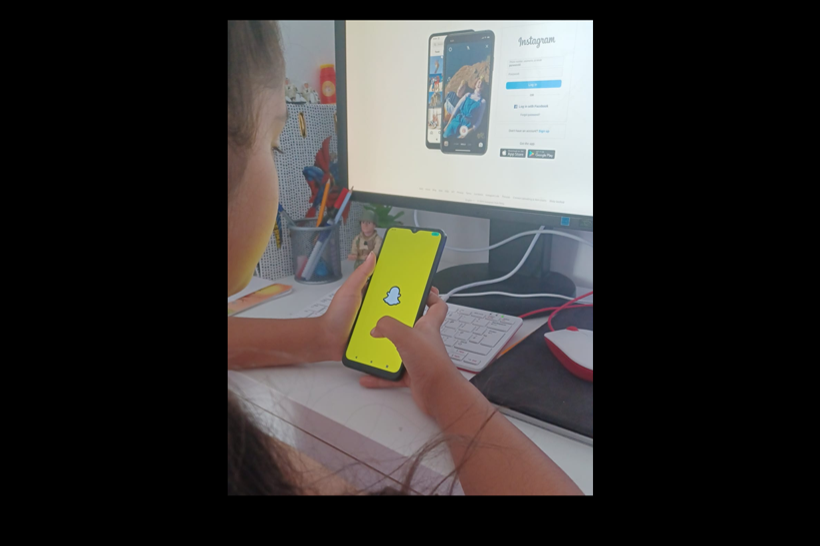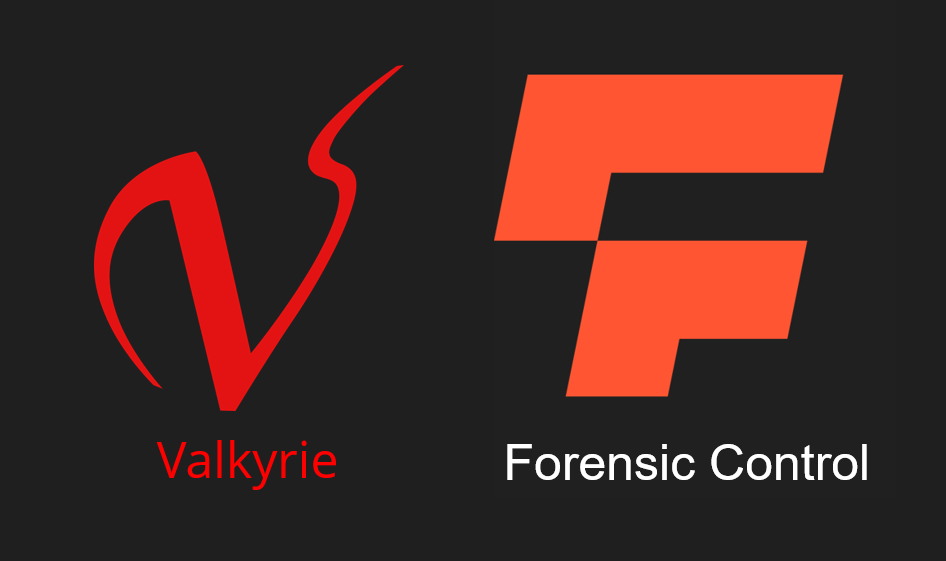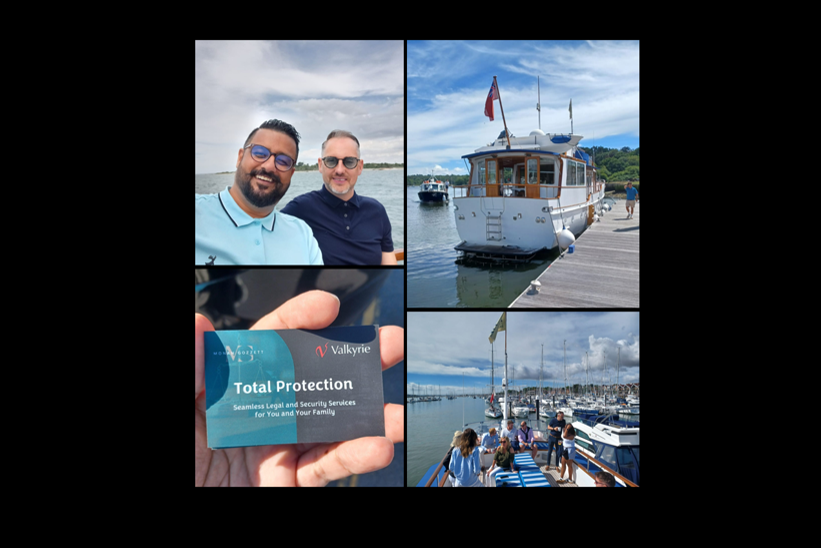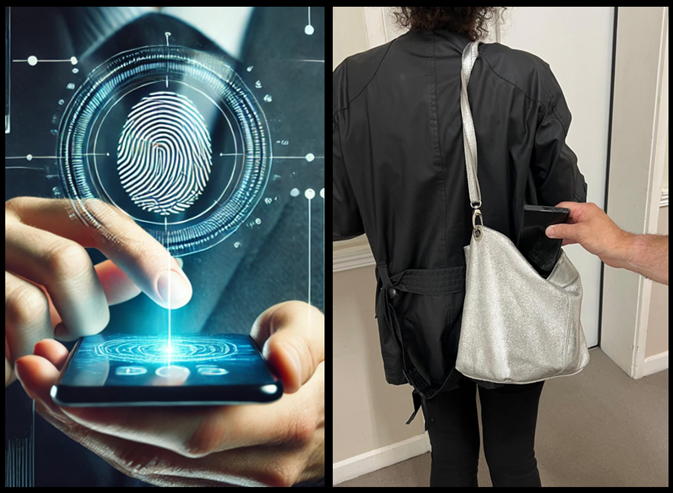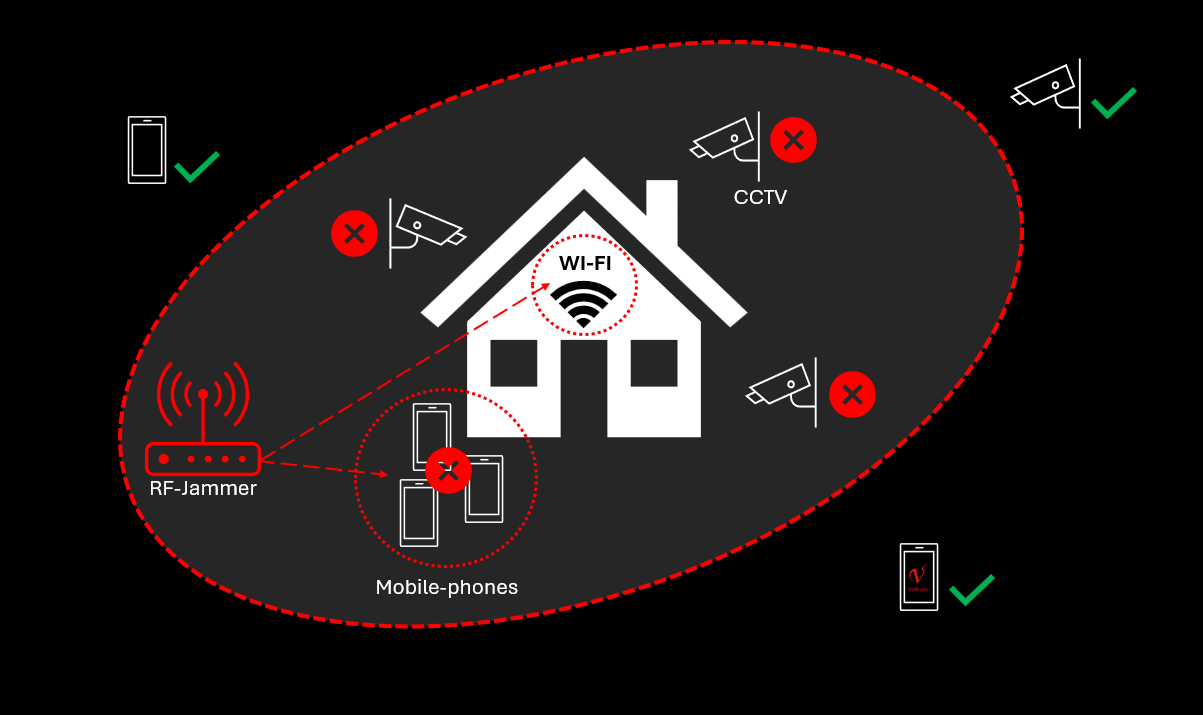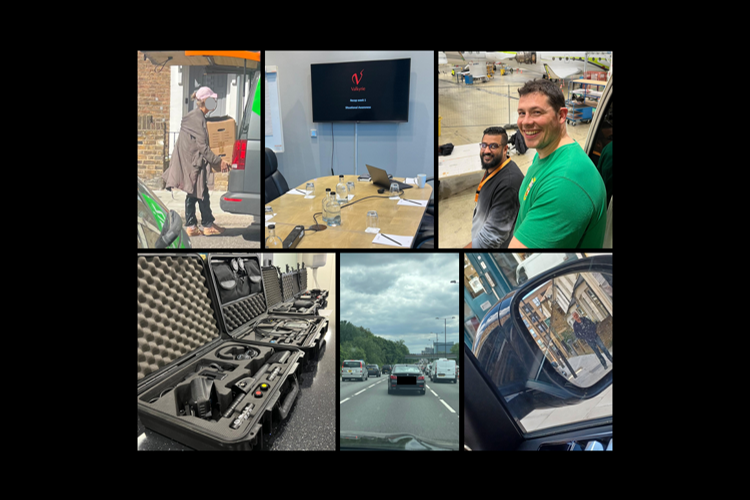We have posted previously on various surveillance related subjects. Physical surveillance is the ‘direct observation of people, vehicles, or activity taking place at some given location for the purpose of obtaining information’. When surveillance operators conduct tasks an import basic skill is to be able to accurately describe the appearance of a person, a skill most surveillance operators are highly proficient at. Yes, surveillance operators, the police, military and other organisations are trained in this skill, but It’s also a skill we can all benefit from and may need – you may witness an incident (criminal or something else) and be questioned by the police in regard to the people you saw taking part in the incident. Information you witness and subsequently describe may prove vital to the police enabling them to apprehend criminal suspects or piece together an event.
As with most dynamic situations it’s easy to miss key information, get caught up in watching an incident without actually taking anything in. In most situations (if safe to do so) the main thing to do is focus on the people involved and what they are doing. Key physical features of a human are – height, weight, size, shape or other bodily characteristic. These also include facial features – hair, scarring and birthmarks. Physical features may also include piercings, tattoos or body modifications. Clearly mobile phone cameras are a tool that you can/could use when witnessing an incident, but it may not always be possible or appropriate leaving you to rely on the naked eye.
During my police career, I trained and operated as a surveillance officer. This week at Valkyrie, we are running a basic surveillance course. In the police surveillance is a key investigative resource in protecting the public, gathering evidence & intelligence and preventing crime. You could be out on foot or in a vehicle, and where you are and what you are doing depends on who you are following and why. Surveillance skills are equally of use in the private sector – it’s about blending naturally into the environment to gather information and intelligence that will feed directly into the operation you are working on. My motto was always ‘be overt to be covert’, in other words, blend into your surroundings without standing out – a skill which is essential in surveillance.
In most surveillance situations, it’s not appropriate to sit and take notes, ‘pen and notepad style’ instead you need to use a combination of observation and trained memory skills to note and remember information. In the police, when observing and describing an individual, we were taught to use the ‘NASCH Factor’. NASCH stands for Name (if known), Age, Sex, Colour and Height and once you remember this, you can describe someone from memory. In the military, they use the mnemonic ‘A to H’, this is more detailed than NASCH and is also used by the police – Age, Build, Colour, Distinguishing Marks, Elevation (Height), Face, Gait and Hair or ‘hobbies/habits’ (e.g. chewing gum, smoking, facial twitches etc.). Even now, when I walk into an office, restaurant or other venue I find myself noting the description of individuals.
Being able to accurately describe someone is not always as easy as it may seem and requires practice. Accurately describing someone isn’t an ‘exact science’ and you won’t get everything correct but the NASCH and A to H mnemonics will assist in remembering key points. If you get into the habit of noticing what people look like and key mannerisms etc., it will also enhance your general situation awareness and assist in reading whether an individual could be a threat, or whether an incident is about to occur.
If you would like to know more about our training courses, please contact us at security@valkyrie.co.uk or telephone 02074 999 323.





